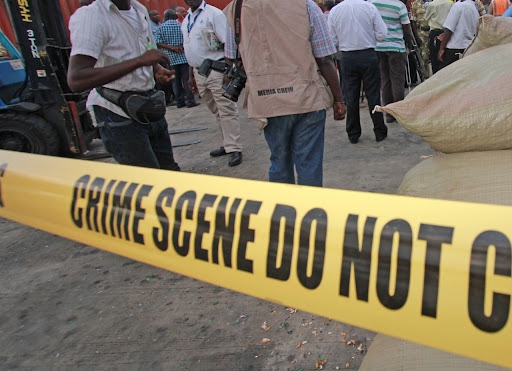SasaPay, a digital payment service provider has rebranded and given way to a new financial strategy solution to its diaspora market targeting mobile money payment.
The new strategy is set to ensure a secure payment experience for a diverse range of businesses from lenders to Small and Medium Enterprises (SMEs).
The firm has announced that it will facilitate quick and affordable access to working capital by acting as a bridge between businesses and capital providers.
“Through our rebrand, we aim to redefine the role of the payments and act as the meeting point between Kenyan businesses and their customers,” SasaPay chief operating officer Daniel Njoroge said.
“Key to this will be empowering them to operate more efficiently to accelerate growth,” Njoroge added.
SasaPay which is also in line with Sustainable Development Goals (SDG) is set to subscribe to AI-based innovative technology to enable businesses to scale by providing timely and accurate data to capital providers to fasten their decision-making in funding.
The firm’s users shall also be able to Shop and Pay later through its BNPL model known as “Shop Now Pay Later”.
“We shall be the first to enable Kenyans to transact in foreign currency via their wallets, a breakthrough that has been made possible through its CBK-Regulated partner WapiPay,” Njoroge stated.
This comes a day after Absa Bank opened remote services for Kenyans in the diaspora.
According to the Central Bank of Kenya (CBK), about 42 million mobile money transactions valued at about Sh106.6 billion are made per day and in Kenya the number of mobile money subscribers in the country stands at 28 million.
CBK statistics show that Kenyans living abroad sent Sh453 billion in 2022 and In the first four months of 2023, Kenyans in the diaspora sent home Sh185.9 billion.
The financial inclusion in the country has risen from 26.7 per cent in 2006 to 83.7 per cent in 2021.











